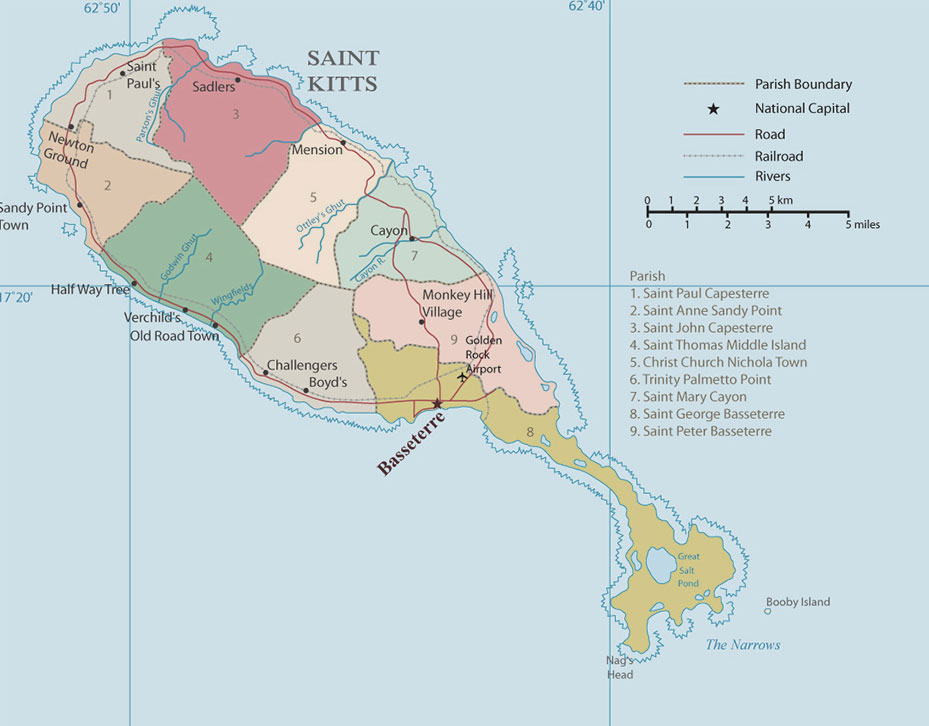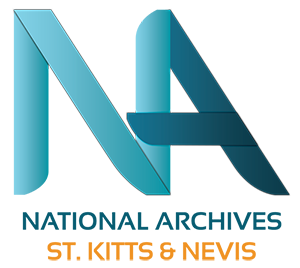Discover
the stories of our proud and friendly people, our charming and colourful villages, our fascinating ruins, our intriguing rain forests,
and our traditions that span centuries.
Our People

Edgar Bridgewater
Edgar Samuel Bridgewater Edgar Samuel Bridgewater was born at Westbury, Nevis on 3rd October 1900. He was one of eight children born to George Bridgewater and his wife Amanda. As the father was a policeman, the family moved around a great deal. Edgar first emigrated with the family to Antigua, where he attended the Buxton Grove Primary School. At twelve years of age, young Edgar was taught by his father to play the organ. He came...
Read more
John Leonard Harney
John Leonard Harney John Leonard Harney was born in Estridge in 1884. As a young man he became involved in the early efforts to establish a literary society in St. Kitts and was one of the initial members of the Mutual Improvement Society. He took an active interest in sports and was President of the Basseterre Lawn Tennis Club. J.L. Harney started his career in the business world as a mercantile clerk for the firm S.V. Meggs...
Read more
Selwyn MacDonald 'Lalaps' Liddie
Selwyn MacDonald 'Lalaps' Liddie Selwyn MacDonald “Lalaps” Liddie was born on the 28th January 1912. His father was George Whattey and his mother was Emily Liddie of Irish Town, Basseterre. At an early age he learnt the artistry of the kettle drummer, and soon became an lead clown dancer and a troupe organiser. Lalaps childhood took place in a St. Kitts that offered very few chances of advancement to the working class person. The sugar estate dominated...
Read moreOur Places

Bloody Point
Bloody Point is situated to the west of Challengers Village. It gets its name from the Massacre of the Kalinago that took place in the vicinity. English and French settlements had been set up on St. Kitts in 1624 and 1625. From the start, Warner and his men treated the Tegreman and his people as hostiles. When they set up their settlement “near to ye kings (Tegreman’s) house” they did not simply build homes, they also...
Read more
The Westley Chapel
The Westley Chapel, also referred to as the Methodist church, is a solid square stone building located on Seaton Street just off of Victoria Road. It is slightly to the north of St. George’s Anglican Church. Methodism arrived in St. Kitts late in the 18th century. On the 18th January 1787, Thomas Coke and three Methodist missionaries, Messrs Baxter, Hammet and Clarke arrived in St. Kitts from Dominica. News of their intended visit had preceded them...
Read more
Masses House
The Workers League was formed in 1932 and in 1940 its members also formed the St. Kitts-Nevis Trades and Labour Union. Meetings often took place at the building of the Mutual Improvement Society. All three organisations had members in common. Less formal meetings often took place in private residences or at business belonging to the membership. However the activities of the Union worried some of the members of the MIS and both the League and...
Read moreOur Events

Emancipation - 1 August 1834
British Enslavement existed mostly in the colonies but the Abolition movement was strongest in Britain. It was there that the laws that limited the trade and introduced the registry of slaves were first passed. The trade in slaves with Africa had been abolished in 1807 and the trade with other slave trading nations ended in 1812 but this had not produced the changes that the Abolitionist had hoped would follow. They continued to press for...
Read more
Treaty of Basseterre 18 June 1981
Treaty of Basseterre Historical BackgroundThe idea of unification within the Caribbean region gained the interest of the British Colonial Office in the late nineteenth Century mostly as a colonial administrative device designed to cut the cost of managing the colonies with failing economies and a growing reliance on Britain. The 20th century however saw a growing discontent with regards to the unrepresentative nature of the island governments. In 1914, T. Albert Marryshow of Grenada, founded the Representative...
Read more
Carnival - New Years Day
In June 1957 Basil Henderson, Major L.N Alphonso, Tony Lawrence, Leroy Coury, Alexis Knight, E Vanterpool and Al Barker formed a temporary committee entrusted with the planning of St. Kitts’ first Carnival. It was felt that a Carnival along the lines of the Trinidad one would help the economy and give visitors something to look forward to. By the end of that year St. Kitts had its first queen show, Calypso Show and street parade...
Read more"In this bright future, you can't forget your past"
Interactive Map
Move your mouse over the red map markers to view information about each particular location. To read more, click the marker for further information. Locations may also be selected using the adjacent listbox.




